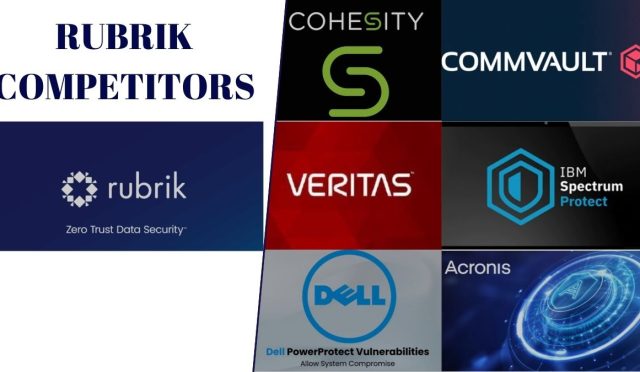Introduction
This analysis explores the fiercely competitive market for cloud data platforms, where Snowflake Inc. (SNOW) has emerged as a leading contender. Snowflake competitors include a mix of established data warehousing giants, cloud providers with their own data solutions, and specialized data analytics platforms. Understanding the strengths and weaknesses of these Snowflake competitors is crucial for businesses seeking the best data management and analytics solutions, as well as for investors evaluating the competitive dynamics of this rapidly evolving market.
The Data Cloud Revolution
Snowflake has disrupted the traditional data warehousing market with its cloud-native platform, offering a unique combination of scalability, performance, and ease of use. Its Data Cloud platform enables organizations to store, process, and analyze data in various ways, from data warehousing and data lakes to data engineering and application development. However, Snowflake is not alone in this race. Numerous competitors are vying for market share, offering alternative approaches and specialized solutions to cater to different needs and preferences.
Key Snowflake Competitors
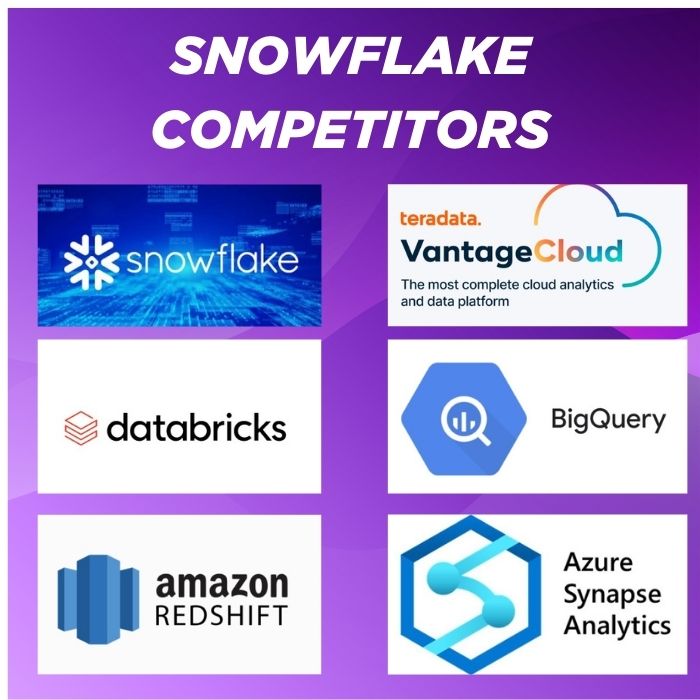
This analysis delves deeper into some of the most prominent Snowflake competitors, categorized by their primary areas of focus:
Company Overview of the Snowflake Competitors
| Feature | Snowflake | Amazon Redshift | Google BigQuery | Microsoft Azure Synapse | Databricks | Teradata Vantage |
| Founded | 2012 | 2012 | 2010 | 2010 (as SQL Data Warehouse) | 2013 | 1979 |
| Founder(s) | Benoit Dageville, Thierry Cruanes, Marcin Żukowski | (part of Amazon Web Services) | (part of Google Cloud Platform) | (part of Microsoft Azure) | Ali Ghodsi, Ion Stoica, Matei Zaharia, others | (various mergers) |
| CEO | Frank Slootman | (part of AWS) | Thomas Kurian | (part of Microsoft) | Ali Ghodsi | Steve McMillan |
| Mission | To mobilize the world’s data with the Data Cloud. | To be Earth’s most customer-centric company. | To organize the world’s information and make it universally accessible and useful. | To empower every person and every organization on the planet to achieve more. | To help data teams solve the world’s toughest problems. | To transform how businesses work and people live through the power of data. |
| Employees | ~5,000 | (part of AWS) | (part of Google Cloud) | (part of Microsoft) | ~7,000 | ~8,000 |
| Headquarters | Bozeman, Montana, USA | Seattle, Washington, USA | Mountain View, California, USA | Redmond, Washington, USA | San Francisco, California, USA | San Diego, California, USA |
Market Share (Approximate) of the Snowflake Competitors
- Snowflake: ~20% (leading cloud data platform, strong growth in recent years)
- Amazon Redshift: ~25% (largest cloud data warehouse, benefits from AWS dominance)
- Google BigQuery: ~15% (growing rapidly, known for its scalability and performance)
- Microsoft Azure Synapse: ~12% (strong enterprise presence, integrated with Azure cloud)
- Databricks: ~10% (gaining traction with its unified data and AI platform)
- Teradata Vantage: ~5% (established player in enterprise data warehousing)
Product Range of the Snowflake Competitors
- Snowflake: Snowflake Data Cloud (cloud data platform with data warehousing, data lake, data engineering, and application development capabilities).
- Amazon Redshift: Amazon Redshift (cloud data warehouse), Amazon S3 (object storage), Amazon EMR (managed Hadoop framework), other AWS data services.
- Google BigQuery: Google BigQuery (serverless data warehouse), Google Cloud Storage, Google Cloud Dataproc (managed Hadoop and Spark).
- Microsoft Azure Synapse: Azure Synapse Analytics (unified data analytics platform), Azure Data Lake Storage, Azure HDInsight (managed Hadoop and Spark).
- Databricks: Databricks Lakehouse Platform (combines data warehousing and data lake capabilities), Delta Lake (open-source storage layer), Machine Learning Runtime.
- Teradata Vantage: Teradata Vantage (cloud data platform with data warehousing, data lake, and analytics capabilities).
Strengths and Weaknesses of the Snowflake Competitors
Snowflake:
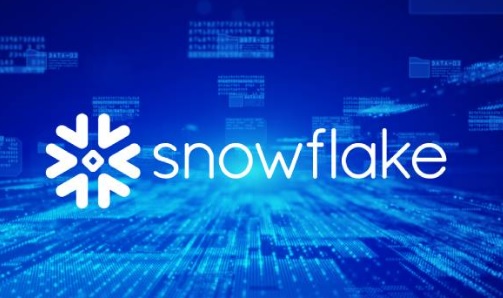
- Strengths: Cloud-native platform, ease of use, scalability, pay-per-use pricing, strong data sharing capabilities, and a growing partner ecosystem.
- Weaknesses: Can be more expensive than some competitors for certain workloads and may not be as feature-rich as some specialized data science platforms.
Amazon Redshift:
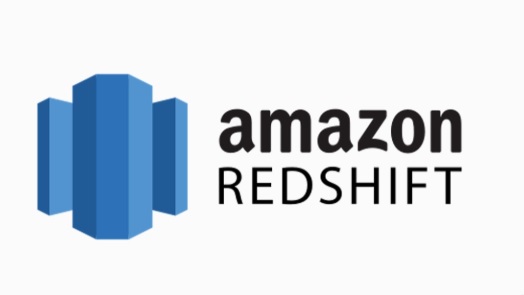
- Strengths: Benefits from the scale and ecosystem of AWS, wide range of integrations with other AWS services, and cost-effective for users already on AWS.
- Weaknesses: Can be complex to manage and may not be as flexible as some independent cloud data platforms.
Google BigQuery:
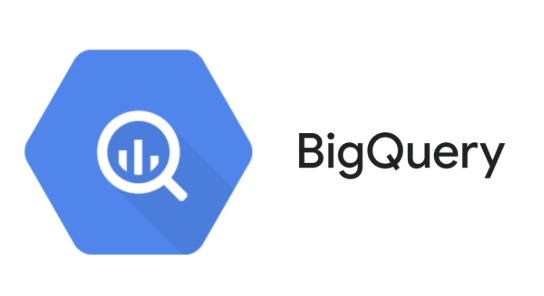
- Strengths: Strong performance and scalability, serverless architecture, and a focus on data analytics and machine learning.
- Weaknesses: Can be expensive for high-volume data storage and may not be as feature-rich as some competitors for data warehousing.
Microsoft Azure Synapse:
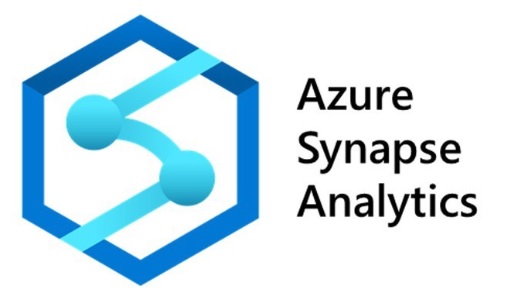
- Strengths: Strong integration with other Azure services, good for hybrid cloud deployments, and a growing ecosystem of partners.
- Weaknesses: Can be complex to manage, and some features may be less mature compared to competitors.
Databricks:
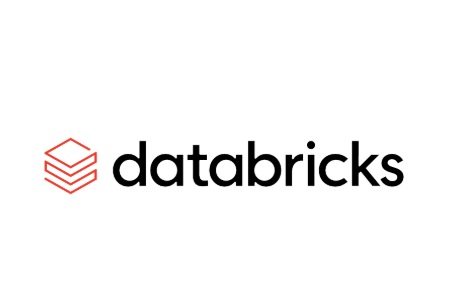
- Strengths: Unified data and AI platform, strong performance and scalability, and a growing customer base in data science and machine learning.
- Weaknesses: May not be as cost-effective as some competitors for data warehousing workloads and can be complex to manage.
Teradata Vantage:
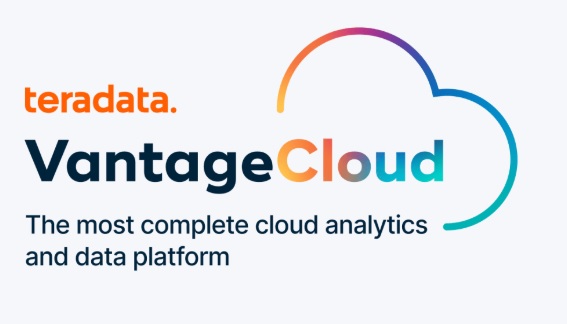
- Strengths: Long history in data warehousing, strong enterprise features, and a mature ecosystem of partners.
- Weaknesses: Legacy technology, can be expensive, and facing challenges in adapting to the cloud-native era.
Investments and Future Plans of the Snowflake Competitors
- Snowflake: Expanding its Data Cloud platform, investing in data governance and security features, and growing its global presence.
- Amazon Redshift: Improving performance and scalability, adding new features, and integrating more closely with other AWS services.
- Google BigQuery: Investing in performance and scalability, expanding its machine learning and AI capabilities, and growing its ecosystem of partners.
- Microsoft Azure Synapse: Enhancing its unified data analytics platform, expanding its data lake and machine learning offerings, and integrating with other Azure services.
- Databricks: Expanding its Lakehouse platform, developing new AI and machine learning features, and strengthening its partnerships with cloud providers.
- Teradata Vantage: Modernizing its platform, expanding its cloud offerings, and enhancing its analytics capabilities.
Head-to-Head Comparison of the Snowflake Competitors
- Snowflake vs. Amazon Redshift: Snowflake offers a more independent and flexible cloud data platform, while Amazon Redshift benefits from the scale and integration of the AWS ecosystem.
- Snowflake vs. Google BigQuery: Snowflake is more focused on data warehousing and broader data management, while BigQuery excels in large-scale data analytics and machine learning.
- Snowflake vs. Databricks: Snowflake provides a broader range of data management capabilities, including data warehousing and data lakes, while Databricks focuses on a unified platform for data science and machine learning.
Consumer Experiences and Preferences of the Snowflake Competitors
- Ease of Use: Snowflake is known for its user-friendly interface and ease of management, while some competitors, like Databricks and Azure Synapse, can be more complex.
- Performance: Performance is crucial for data-intensive workloads. Snowflake and BigQuery are recognized for their strong performance and scalability.
- Cost: Pricing models and cost-effectiveness are important considerations. Snowflake’s pay-per-use model can be attractive, but other platforms may offer more competitive pricing for specific workloads.
- Integration: Seamless integration with existing data sources and tools is essential. Snowflake, AWS, and Azure offer strong integration capabilities with various ecosystems.
- Data Sharing: Snowflake’s data sharing capabilities are a key differentiator, allowing for secure and efficient data collaboration.
Customer Satisfaction of the Snowflake Competitors
- Snowflake: Generally receives high customer satisfaction ratings for its ease of use, performance, and scalability.
- Amazon Redshift: Customer satisfaction is generally positive but can vary depending on the complexity of the use case and the level of integration with other AWS services.
- Google BigQuery: Receives positive feedback for its performance and scalability, particularly for large-scale data analytics.
- Microsoft Azure Synapse: Customer satisfaction can vary depending on the specific needs and integration requirements of the organization.
- Databricks: Known for its strong performance and customer support, particularly for data science and machine learning workloads.
- Teradata Vantage: Has a loyal customer base in certain industries, but satisfaction can vary depending on the specific needs and expectations.
FAQ About Snowflake Competitors
1. What are the main competitors of Snowflake?
Snowflake faces competition from several major players in the cloud data platform market, including:
- Amazon Redshift
- Google BigQuery
- Microsoft Azure Synapse
- Databricks
- Teradata Vantage
2. How does Snowflake compare to Amazon Redshift?
Snowflake offers a more independent and flexible cloud data platform, while Amazon Redshift benefits from the extensive ecosystem and scale of Amazon Web Services (AWS). Snowflake is known for its ease of use and strong data sharing capabilities, whereas Redshift provides cost-effective solutions for users already within the AWS ecosystem.
3. What advantages does Google BigQuery have over Snowflake?
Google BigQuery excels in large-scale data analytics and machine learning due to its serverless architecture and strong performance. While Snowflake focuses on broader data management capabilities, BigQuery is specifically optimized for analytics workloads, making it a preferred choice for organizations prioritizing data analysis.
4. Is Databricks a direct competitor to Snowflake?
Yes, Databricks is a direct competitor, but it focuses more on a unified platform for data science and machine learning. While Snowflake provides a comprehensive data management solution, Databricks combines data warehousing and data lakes with advanced analytics and machine learning tools.
5. What are the strengths of Microsoft Azure Synapse compared to Snowflake?
Microsoft Azure Synapse offers strong integration with other Azure services, making it ideal for organizations that are already invested in the Microsoft ecosystem. Its capabilities for hybrid cloud deployments and a growing partner network are significant advantages, although it may be more complex to manage than Snowflake.
6. How do the pricing models of Snowflake and its competitors differ?
Snowflake employs a pay-per-use pricing model, which can be attractive for businesses with variable workloads. In contrast, some competitors, like Amazon Redshift, may offer more competitive pricing for specific workloads, particularly for companies already using AWS services.
7. What customer feedback do Snowflake competitors receive?
Customer satisfaction varies among Snowflake competitors. Snowflake generally receives high ratings for ease of use and performance. Amazon Redshift has positive feedback but can be complex depending on the use case. Google BigQuery is praised for its performance, while Databricks is known for strong support in data science applications.
8. Are there any emerging competitors to Snowflake?
Yes, as the cloud data platform market evolves, new players are emerging with innovative solutions. Companies focused on niche markets or specific technologies (like real-time data processing or AI-driven analytics) could become significant competitors in the future.
9. What should organizations consider when choosing between Snowflake and its competitors?
Organizations should evaluate their specific needs, existing infrastructure, budget, and expertise in data management. Factors such as ease of use, performance, integration capabilities, and cost-effectiveness should also play a crucial role in decision-making.
10. How can understanding Snowflake competitors benefit businesses?
By understanding the competitive landscape, businesses can make informed decisions about the best data management and analytics solutions to support their data-driven strategies. This knowledge helps organizations align their technology choices with their operational goals and optimize their data management processes.
Conclusion
Snowflake is a major player in the cloud data platform market, but it faces competition from established vendors and cloud providers with their own data solutions. When choosing a data platform, organizations should consider their specific needs, existing infrastructure, budget, and expertise in data management. By understanding the competitive landscape and the offerings of each vendor, businesses can make informed decisions about the best solutions to support their data-driven strategies.

